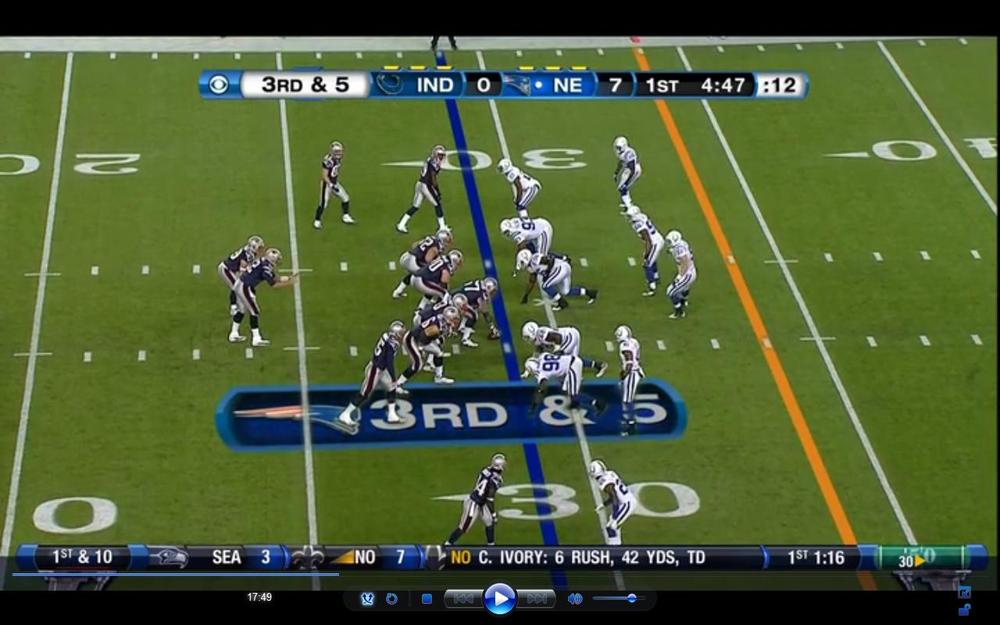There are many things to dislike about American politics, but possibly my least favorite is the degree to which we’ve completely given up on solving problems, and spend time debating solutions to the symptoms. Even during an election year, when there’s no scarcity of big talk, our politicians are largely still unwilling to talk about problems – only symptoms.
Some recent examples:
Health Insurance
There is no shortage of debate about paying for healthcare. There is a very serious shortage of debate around why healthcare is so expensive. There is considerable work that could be done to lower the cost of providing health care and all we’re doing in this election year is assuming the cost is fixed, and fighting about how to pay for it.
Paying for Higher Education
Similar to heath care, this is another case where we assume costs are fixed. However what upsets me the most about this discussion, which also made it’s way into the State of the Union Address, is that we continue to frame it as a conversation about Federal Student Loans. It is absolutely mind-boggling, in the wake of the housing crisis, that someone can make the logical argument that inexpensive, low-interest rate loans keeps costs down. Some (non-politicians) are calling it a Higher Education Bubble. Even if you disagree that the ROI on a college degree is decreasing (that is, what students get out of it is not increasing proportionate to the cost) it is undeniable that making money cheaper drives prices up. Giving students access to cheap money makes it easier for institutions to raise prices. This fact also got a nod in the State of the Union, but it’s been happening for decades and it would be blasphemous for a politician to suggest that the government should subsidize less. No one is talking about the cause of high tuition. They’re only trying to solve the symptom.
Income Inequality
The president called this “the defining issue of our time” and history will regard it as the central argument of the Occupy Wall Street movement. On this issue I’ve heard some discussion on the causes, but by and large even this argument degrades into one about taxation. That is, after the income is already unequal, how do we re-equalize it? Unfortunately this problem is actually really hard, and an across-the-board AMT-style tax like was mentioned in the speech is completely unrelated to the root cause. I don’t believe most Americans #1 issue is income inequality, it’s mobility – their ability to advance (we’re all “temporarily embarrassed millionaires“) which would mean that the conversation has almost no connection to the problem.
These are just a few of the most recent hot topics for which there’s no solution in sight… because the problem is not part of the conversation.




